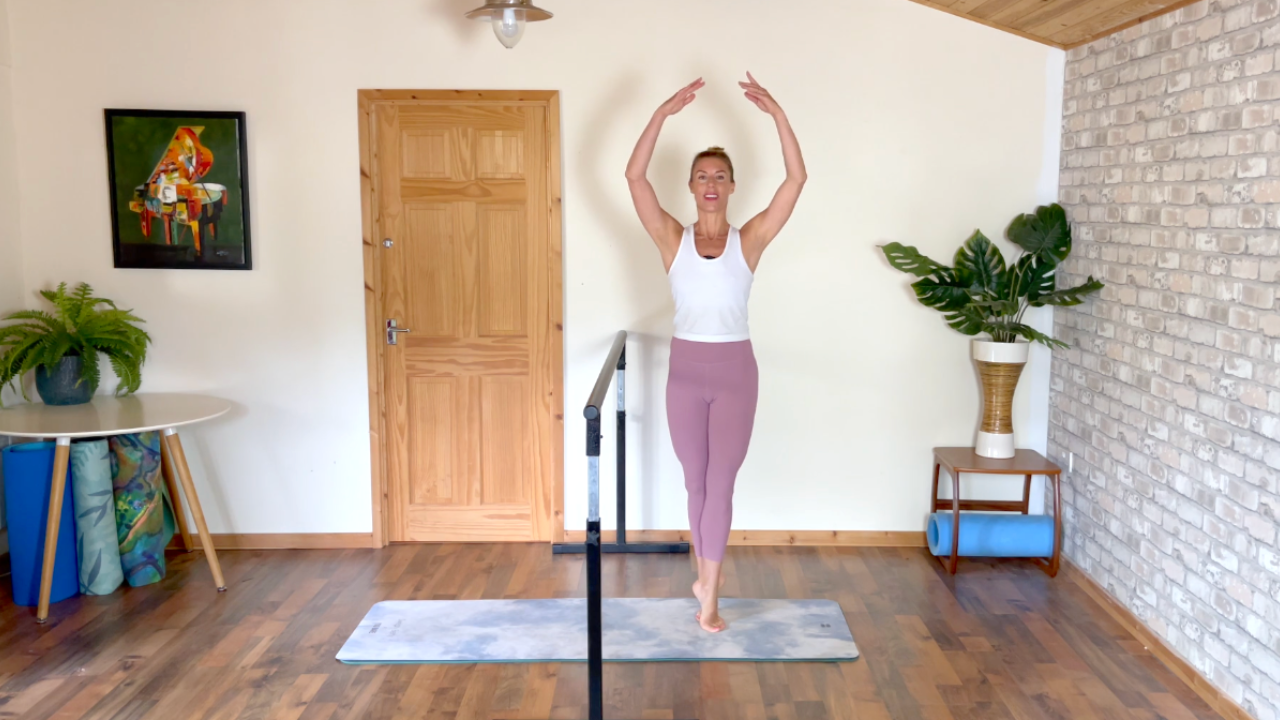Ballet Basics: Barre Exercises for Warmup to Avoid Injuries
Jul 14, 2023
Ballet is a beautiful and athletic art form that needs strength, flexibility, and precision. All ballet dancers, including beginners, require training to master the technique and fluidity of movement, which appears effortless on stage. A good warmup is an essential part of ballet training because it increases blood flow, prepares your muscles and helps prevent injuries.
The barre exercises at the start of each ballet lesson serve as an essential warming routine; In this post we'll look at some basic barre exercises to help you or your kids avoid injuries and perform at their best.
Plié
Plié is a basic ballet movement that entails bending and straightening the knees in a turned out position while maintaining proper body posture. It strengthens the legs and glute muscles in preparation for the more dynamic movements later in class. When kids practice pliés at the barre, it allows them to gradually warm up their muscles and increase their range of motion. Maintaining a deep plié improves lower-body strength while supporting technique and lowering the likelihood of knee injury.
Pliés are classified into demi-pliés (knees bent halfway) and grand pliés (knees entirely bent)
Battement Tendu
Battement tendu is an exercise in which the foot is slid down the floor while maintaining full leg extension. It warms the legs and hips, develops flexibility, and ensures optimal alignment. Using battement tendu, ballet children can strengthen their supporting leg while extending the muscles in the working leg, avoiding ailments such as iliotibial band syndrome. Battement tendu is best done at the barre, where the working leg opens and closes. There are three varieties of battement: front (devant), side (à la seconde), and rear (derriére), all of which assist in warming up the legs, increasing leg muscles, and improving turnout.
Rond de Jambe
Rond de jambe is a popular barre exercise that consists of a semi-circular motion with the working foot on the floor. Dancers do it to improve hip flexibility and optimize turnout. Even a child can make this motion with the functional foot on the ground or in the air.
Rond de jambe en dehors starts in the front and moves back, whereas rond de jambe en dedans begins at the rear and moves forward. Control and coordination are required for this workout, which develops hip and thigh muscles while enhancing hip joint flexibility.
Dancers should warm up their muscles and increase their range of motion, which reduces the risk of injury and muscular imbalances.
Relevé
Another important barre exercise for warming up the ankles and feet is relevé, or rising onto the balls of the feet. Dancers stimulate the muscles in their lower legs and build stability and control by doing a sequence of relevés. This exercise also helps with balance and ankle strength which is necessary for pe pointe work. By thoroughly warming your ankles and feet, you can lessen the risk of injuries such as ankle sprains and stress fractures. These movements are considered dance building blocks and are taught in all basic ballet training.
Injuries are an unavoidable part of the dancing world. Some of the most common dance injuries are sprains, strains, stress fractures, and overuse injuries. You can reduce the chance of these injuries and improve your overall performance by integrating rigorous warmup routines, such as barre exercises.
Conclusion
Warmup exercises are an essential component of each ballet session. You may maintain your physical well-being or your child’s by adding these exercises into your daily practice, enabling you to focus on the creativity and beauty of ballet. Remember that a good warmup is essential for a successful, injury-free dancing journey.

